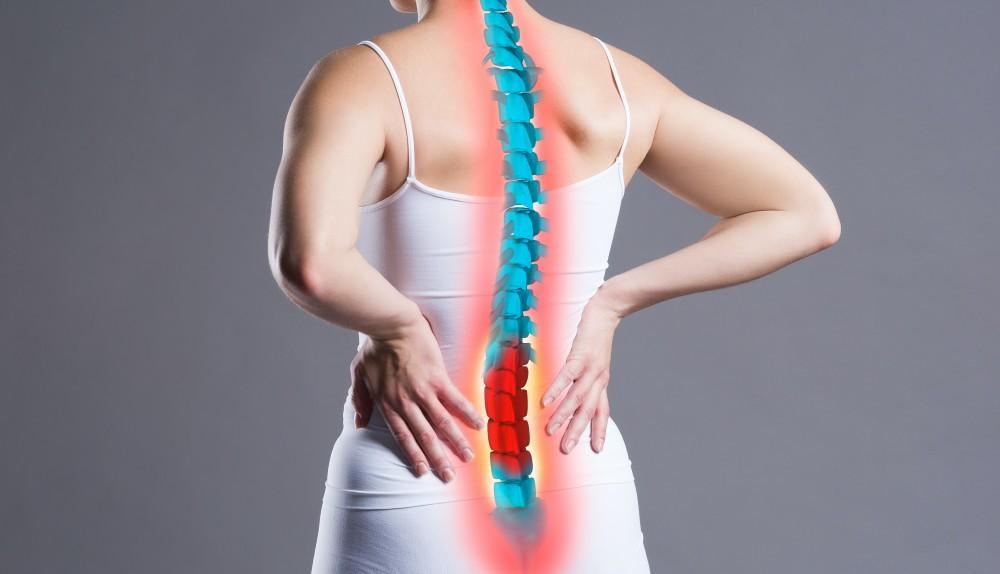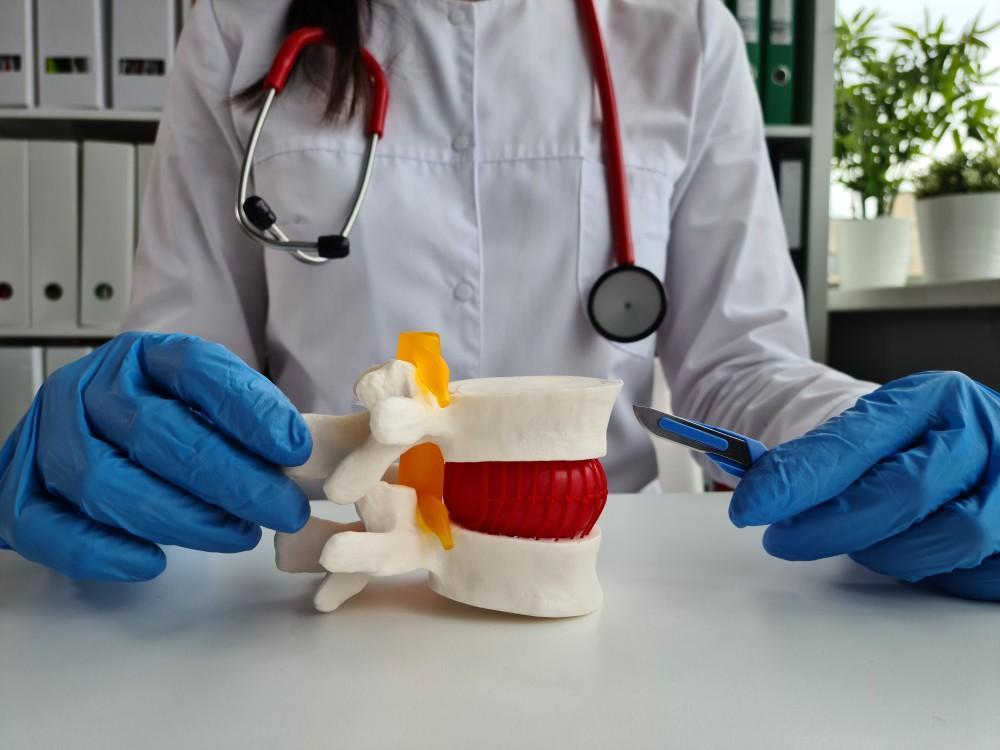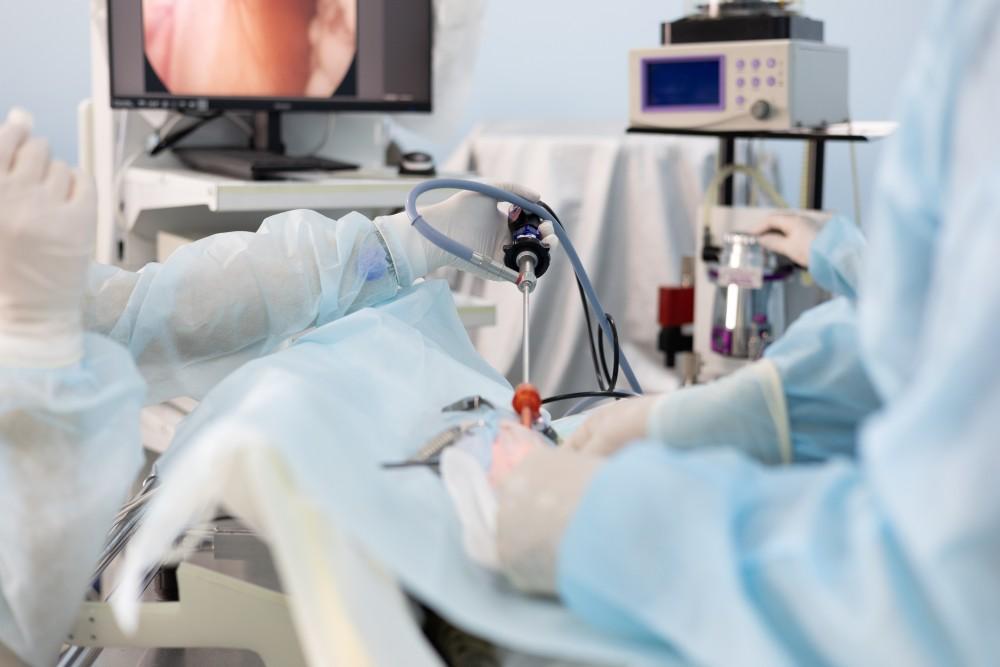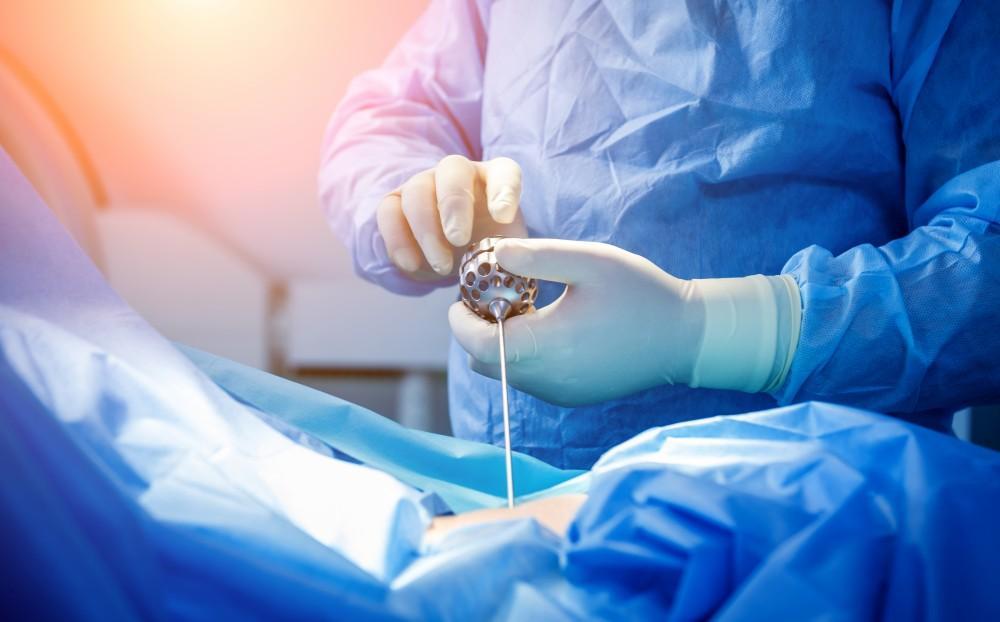Herniated discs also have names like bulging, ruptured, or slipped discs. As one of the most common causes of back and neck pain, it’s even more surprising that you can have a herniated disc without any pain symptoms at all.
About 90% of all herniated disc cases with pain symptoms will resolve on their own to the point where you no longer feel pain or other effects. A disc repairs itself in several ways, and location can play a huge role in each case, in how you heal and how long it takes. Usually, home care and medical intervention can shorten your recovery time.
There are rare cases when a herniated disc needs aggressive treatment. To ensure your diagnosis and treatment that’s individually designed for you, visit Sanjay Khurana, MD.
Dr. Khurana guides you through conservative therapies to more progressive treatments until your pain is gone. In those cases where surgery may be necessary, Dr. Khurana offers his expertise in minimally invasive artificial disc replacement, an emerging alternative to spinal fusion.
To understand better how your spine works and how herniated disc pain resolves, let’s look deeper into the nature of spinal discs.
How herniated discs cause pain
Pain from herniated discs originates from compressed or irritated sensory nerve tissue, which occurs when the soft inner gel of a spinal disc breaks through a crack or weak spot in the tough outer shell.
Spinal discs contain some nerve tissue, so your pain may originate from the point of disc rupture. However, it’s more common when escaping disc gel presses on nerve roots that branch off the spinal cord and head out to the rest of your body.
The most common locations for disc herniation are in the cervical spine (neck) and lumbar spine (lower back). When herniation causes root nerve compression, you may have symptoms along the nerve’s path or radiculopathy. Cervical herniations refer to symptoms in the arms, while a herniated lumbar disc could transmit numbness, pain, or tingling down the legs.
Natural disc healing
Your body has healing tools that repair herniated discs. Three processes may occur alone or together.
Spontaneous retraction
The escaped inner gel may sometimes retract into its usual space within a spinal disc, and the outer shell heals enough to contain the gel.
Immune system response
Pieces of the inner gel tissue can completely break away (a condition called a sequestered disc). Your body’s immune system recognizes the tissue is out of place and responds with an inflammatory process that breaks down and disposes of this foreign tissue.
Water absorption
The inner gel has a high concentration of water. Your body absorbs some of the water from the escaped tissue, causing the volume of displaced gel tissue to shrink. This process is often enough to pull the gel back from the nerve it was previously compressing.
Herniations do not always hurt
It’s possible to have a herniated disc without being aware. The nerve tissue in a spinal disc isn’t spread evenly, so the rupture can open away from sensory nerves. At the same time, the escaping tissue may not come into contact with nerve roots. A doctor may discover this painless herniation during diagnostic imaging for an unrelated condition.
Contact Dr. Khurana and his team when you have neck or back pain that interferes with your life and is not improving. Book your examination at our office, online or by phone, as soon as you need relief.




